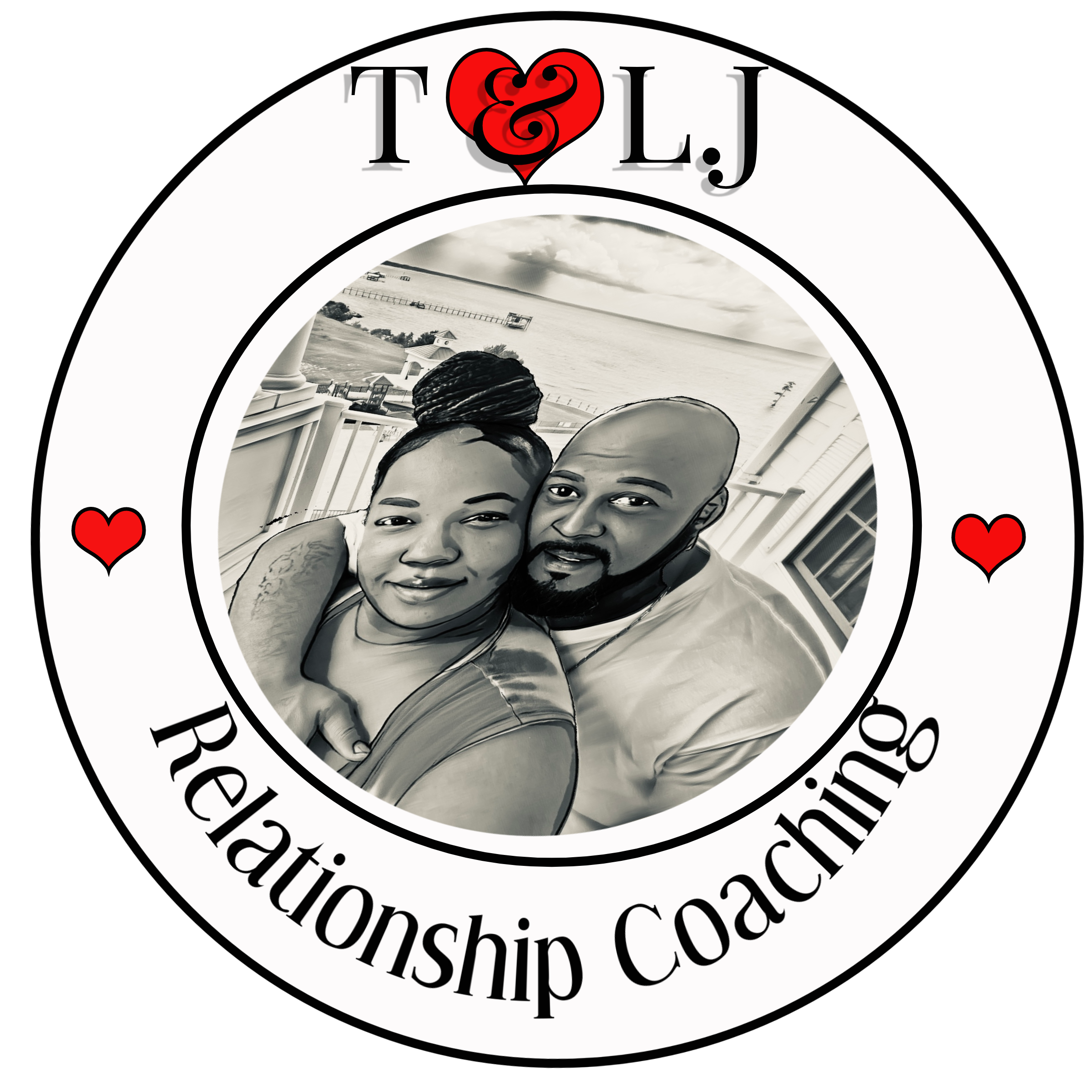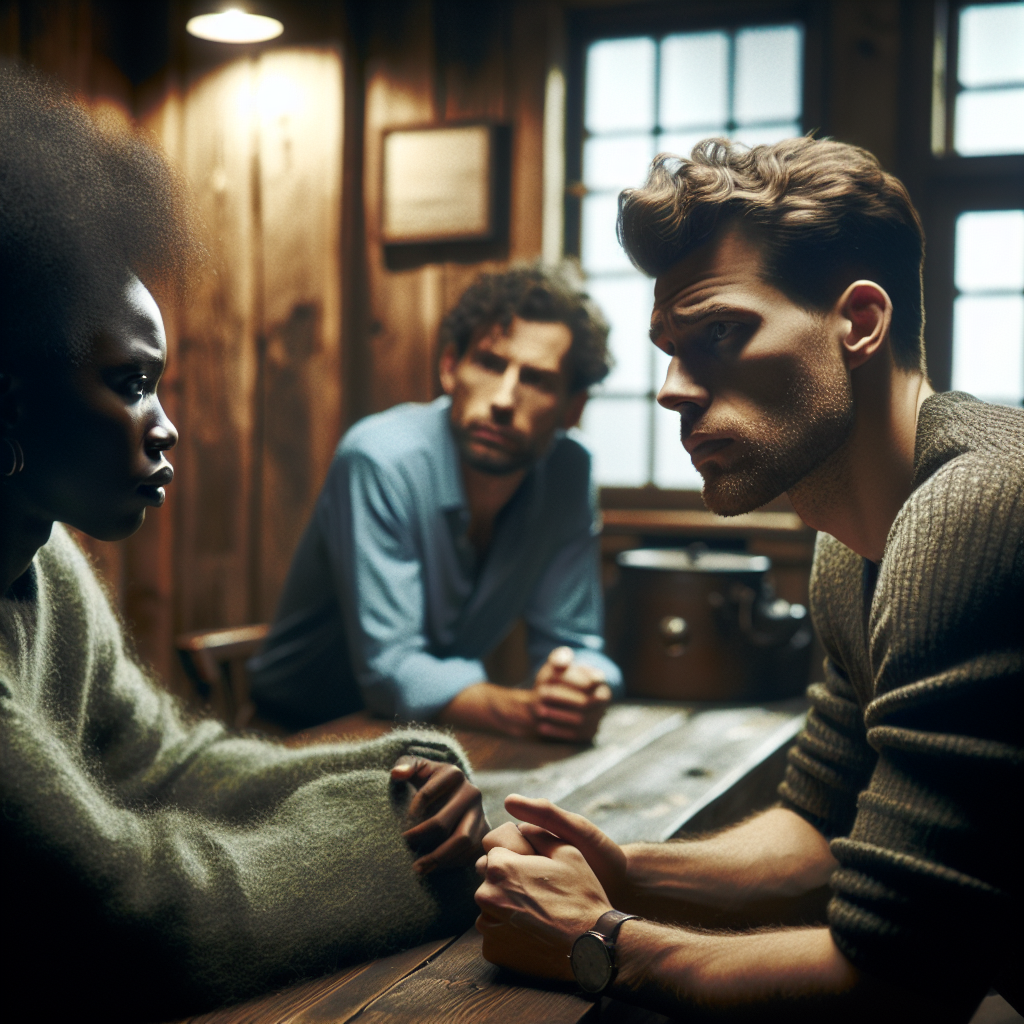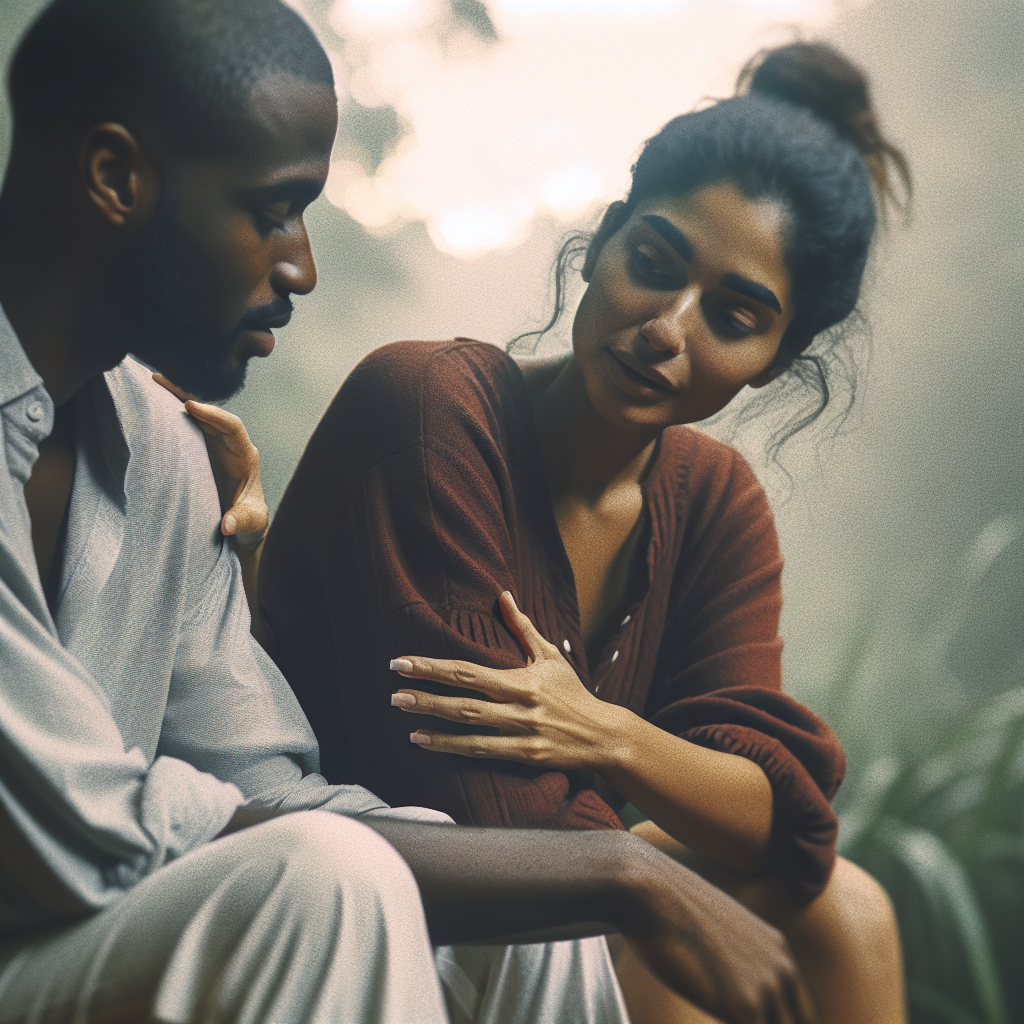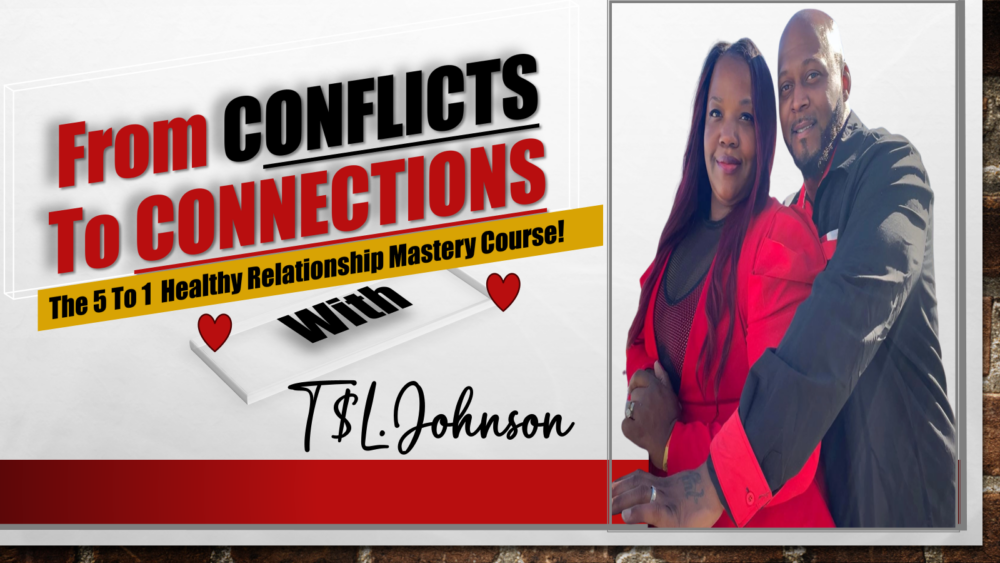Understanding the Root of Conflicts
Identifying Emotional Triggers
When it comes to conflict, the first step I always take is to identify those emotional triggers that set things off. You know, those moments that make your heart race and your voice rise? Reflecting on past disputes, I realized they’ve often stemmed from unspoken disappointments or unmet expectations. It’s crucial to pause before reacting and ask myself what truly stings. This self-awareness isn’t just about me; it’s key to understanding the other person’s feelings as well.
In my experience, sharing these triggers can be illuminating. When I explain to someone why a certain comment affects me, it invites them to share their own. It turns a one-sided narrative into a mutual understanding. I’ve found that often, simply articulating why something bothers me helps the other person see the situation from my side. We end up talking rather than shouting, which is a win in my book!
By acknowledging our triggers, we lay the groundwork for more honest discussions. It’s like creating a roadmap of feelings that both parties can refer to. This turns the potential for conflict into an opportunity for growth. Honestly, it’s pretty liberating!
Recognizing Patterns in Disagreements
Looking back, I’ve noticed that conflicts often follow certain patterns. We can get stuck in the same game, just playing different roles. For me, that realization was huge. It allowed me to step back and assess what behaviors I continuously brought to the table—things like raising my voice or retreating into silence. Once I understood these patterns, I could actively work to change them.
I began observing how these habits affected my relationships. By recognizing that my partner would shut down when I went on the defensive, I made a conscious effort to address issues differently. Instead of pointing fingers, I’d start conversations with ‘I feel’ statements. It took practice, but slowly, it started to break the cycle.
Whenever I catch myself slipping back into old patterns, I remind myself of our shared goal: closeness and understanding. That helps reignite my motivation to communicate openly. The truth is, breaking these cycles isn’t easy, but it is incredibly rewarding!
The Role of Empathy in Communication
Empathy is a buzzword we hear often, but it’s also one of the hardest skills to master. When dealing with conflict, it’s easy to get entrenched in our own feelings, but I’ve learned that stepping into the other person’s shoes is downright powerful. I always remind myself: we’re all human and we all mess up. By shifting my focus from my own pain to understanding where the other person is coming from, I open myself up to truly connect with them.
In past conflicts, I found that when I simply listened without planning my rebuttal, I could feel their pain and perspective more clearly. Sometimes all it takes to diffuse a heated moment is to acknowledge the other’s feelings. A simple ‘I can see why you’d feel that way’ can change the whole vibe.
I always integrate empathy in my conversations, practicing it daily. When I approach my relationships from a place of compassion, I see a shift in attitude and tone. It’s proof that empathy does more than just soothe; it strengthens bonds and paves the way for productive dialogue.
Building a Foundation of Trust
Establishing Open Lines of Communication
Okay, let’s be real. If there’s one thing I’ve learned, it’s that communication is key. Establishing open lines of communication involves actively inviting dialogue on difficult subjects, and not just waiting for issues to boil over. I make it a priority to check in regularly with my friends and family, not only about our relationship but about life in general. It makes conflict less likely because we’re keeping the channels clear.
I encourage active listening during these chats. It’s amazing how feeling truly heard can change the dynamics of a discussion. When we create an environment where both parties feel safe to share their thoughts and concerns, we’re less likely to slip into conflict. I’ve seen it transform interactions, turning potential blow-ups into calm conversations.
Involving the other person in this process has been transformative for me. When I ask them how they prefer to communicate, whether it’s face-to-face or in a more indirect way, I create a two-way street of respect and understanding.
Consistency is Key
Building trust doesn’t happen overnight. It’s about showing up consistently with integrity. There have been times when I’ve slipped up, not following through on what I said I would do. Every misstep was a lesson, reminding me that my words need to align with my actions. Each time I fall short, I make it a point to acknowledge the letdowns and work towards improvement. This fosters a more genuine connection.
Simply saying ‘I’ll try’ isn’t enough. I’ve learned to set realistic expectations and communicate them clearly. This clarity can be a game-changer. It’s about maintaining that trust—if I say I’m going to do something, I’d better do it! Over time, it creates a feeling of safety in relationships where we can be open, knowing that our promises mean something.
Trust is mutually cultivated. When we both invest in keeping our promises, it enhances our connection. Whenever I sense doubt creeping in, I take a step back and assess how I can rebuild that trust, ensuring we’re on the same page.
Keeping Vulnerability at the Forefront
To connect deeply, I’ve realized that vulnerability is essential. It sounds scary, right? Being vulnerable means sharing our insecurities, fears, and even our failures. For ages, I thought I had to appear strong and composed all the time, but that’s just not realistic. When I allow my true self to come through, it not only opens the door for others to do the same, but it helps break down barriers that fuel conflict.
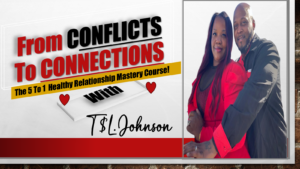
Sharing my feelings even when it feels raw can seem daunting. Yet, I’ve discovered that it encourages the other person to be just as open. In one of my recent heart-to-hearts, I confessed my fears about our future together. It was nerve-wracking, but the resulting conversation strengthened our bond like never before.
Moreover, vulnerability fosters understanding and intimacy. By letting someone in, I’m telling them I trust them, which in turn encourages them to extend the same courtesy. Creating this space for authenticity changes everything. While it’s a bit scary to put myself out there, it’s honestly worth every bit of discomfort.
Finding Common Ground
Identifying Shared Goals
This one is huge! Finding common ground really starts with identifying those shared goals. No matter how heated the conflict, there’s usually an underlying objective both parties can agree on. In my experience, when tensions rise, I often step back to ask: ‘What do we both want here?’ This shifts the narrative from ‘me vs. you’ to ‘us vs. the problem.’
Finding that commonality isn’t always easy. In practice, it often requires a bit of brainstorming. For example, during a disagreement with a colleague about project direction, we both ultimately wanted success. Framing our discussion around that shared future allowed us to navigate different viewpoints and settle on a solution that honored both of our perspectives.
So, I always keep that in mind: aligning our goals helps to create an environment where cooperation flourishes, rather than conflict. It’s less about who’s right and more about how we can work together toward common success.
Collaborative Problem-Solving
After establishing those common goals, I always advocate for collaborative problem-solving as the next step. This isn’t about compromising; it’s about finding solutions we can both buy into. In my own conflicts, I’ve found that just treating the other person like a partner—rather than an opponent—makes all the difference.
Many times, a sit-down session, where we brainstorm possible solutions, works wonders. I encourage people to share ideas without the fear of judgment. This not only empowers both parties but ensures that the resolution resonates with us both. Often, we’ve landed on completely unique solutions that none of us would have thought of alone. It’s a team effort!
There’s real power in collaboration. It empowers both parties to invest in the outcome, leading to a stronger sense of unity. My goal during these discussions is to keep a positive attitude and ensure that our conversations stay constructive. And honestly, the results often speak for themselves!
Celebrating Progress Together
Once we’ve navigated the murky waters of conflict and found a solution, I think it’s vital to celebrate progress. Acknowledging steps forward reinforces the idea that we are on this journey together. Whenever my partner and I resolve something successfully, we take a moment to reflect on our growth and how far we’ve come. It transforms what could have been a tense experience into a bonding moment.
Just a simple ‘Hey, remember when we were stuck on that? We figured it out together!’ works wonders. Celebrating the little wins keeps the momentum going, reminding us both that we can handle conflicts and emerge stronger. This habit not only shows appreciation, but it emphasizes the strength of our teamwork.
So, whether it’s a small acknowledgment or a fun night out celebrating a major milestone, I believe in recognizing our progress. It builds positivity around conflict resolution. At the end of the day, we’re all in this together, and that’s something to cheer about!
FAQs
1. How can I identify my emotional triggers during conflicts?
Start by reflecting on past disagreements. Think about what specific words or actions made you react strongly. Journaling can also help you explore these feelings more deeply, making patterns clearer over time.
2. What if my partner doesn’t want to communicate about issues?
It can be frustrating, but it’s important to approach the subject gently. Let them know that you genuinely want to understand their perspective. You might suggest finding a comfortable time and setting for the conversation to lower any pressure they might feel.
3. How do I practice vulnerability without feeling too exposed?
Vulnerability is a skill that takes practice. Start small by sharing less intense feelings or thoughts and gradually work your way up. Remember, true vulnerability builds connection, and it’s okay to be a little uncomfortable at first.
4. Can finding common ground really change the outcome of a conflict?
Absolutely! When both parties focus on shared goals, it shifts the interaction from a conflict to a teamwork scenario. It creates a more collaborative environment that fosters positive solutions and mutual respect.
5. How do I keep the lines of communication open after resolving a conflict?
Make regular check-ins a habit! Just like you would maintain your car, keeping your relationship ‘in tune’ will help. I suggest setting aside time for casual conversations about feelings and future expectations to maintain that connection.
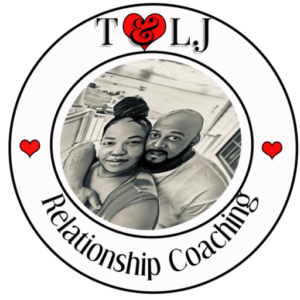
Schedule Your First 20-Minute Coaching
Call With Us Today to see if we fit . You pick the price!
Click Here
